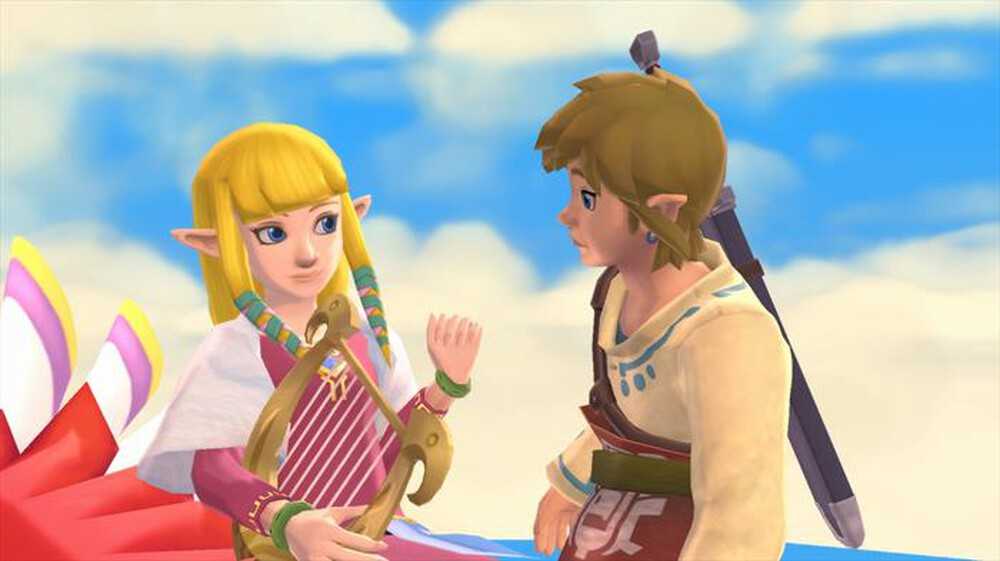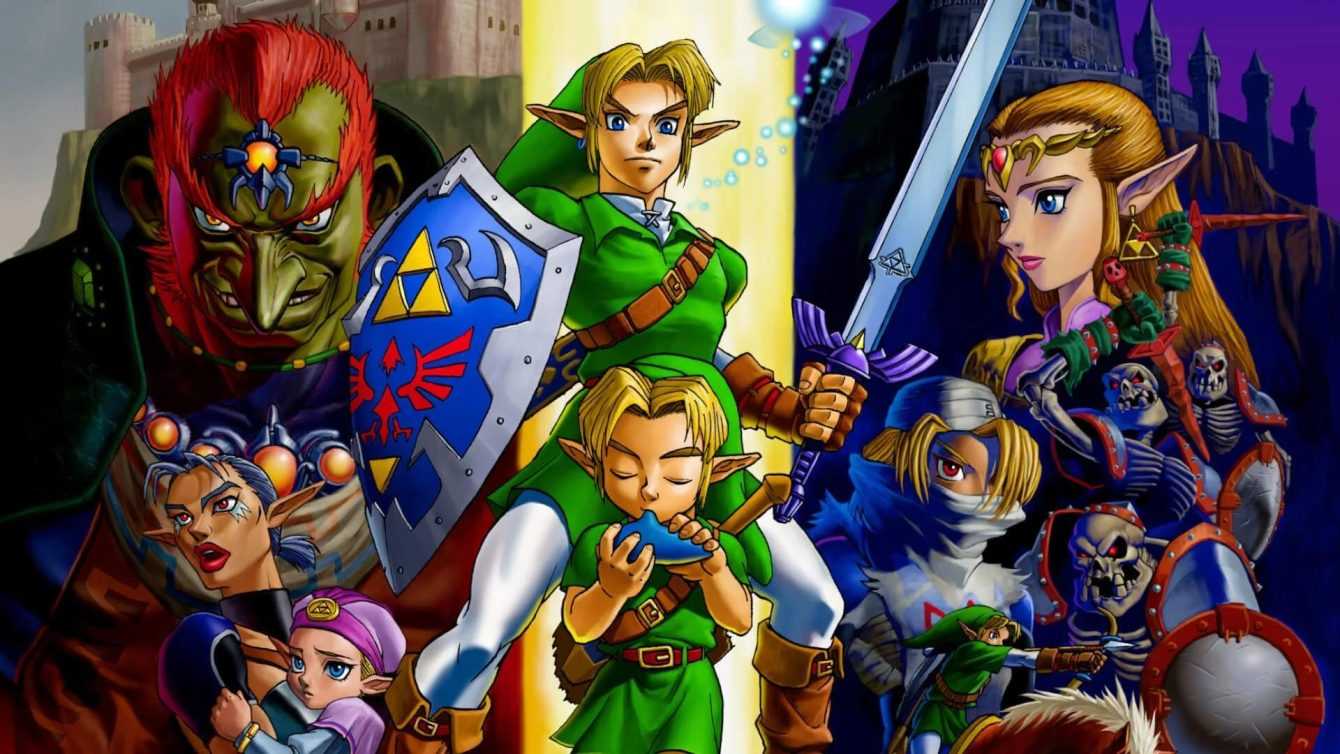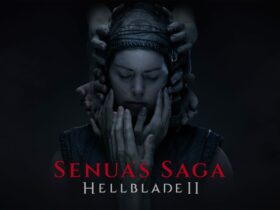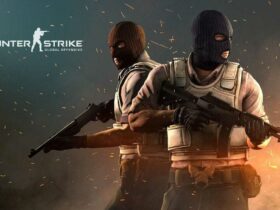Follow us in this new episode of Music & Videogames, in which we’re going to take a deeper look at the soundtrack of The Legend Of Zelda
With the latest highly anticipated title in the series finally among us (by the way, don’t miss our guide on what to play before diving into Tears Of The Kingdom), millions of fans from all over the world can once again roam the lands (and this turns even the skies) of Hyrule. The enchanting setting has aroused a peculiar charm since the first titles of the saga. Merit of a great attention for the artistic direction, an impeccable work of characterization of the environments and of the lore, but also and above all of the soundtrack, always one of the key elements of the saga. In this new episode of our special Music & Video Games we are going to take a more in-depth look at this aspect of the famous Nintendo series.
First Movement: A Kingdom to Save – Music & Video Games: The Legend Of Zelda or How to Shape a Modern Symphony
Raise your hand who has never heard at least once the main theme of The Legend Of Zelda, among the most famous in the world of video games, as well as a wonderful example of the power that only music resulting from the compositional inspiration of an inspired artist is capable of creating. The series has always made this theme, composed of Kōji Kondō (also author of the music for Super Mario Bros) his own blazon of sound, rearranging it in countless versions, all brimming with a fresh and, at times, playful epic, devoid of most of those grave and staid Wagnerian tones so dear to modern Western composers. The triumph of a catchiness more akin, if you will, to the works of Mozart e Bach, is nuanced by the skilful use of harmony and contamination typical of genres such as Jazz, in perfect coherence with what is the typical style of Japanese soundtracks. Then with the advent of Breath Of The Wild an epochal change took place for the series and not only from a gameplay point of view. Historical fans of the saga will have noticed it since the unusually silent title screen. Where did the main theme go?? Where is that avalanche of epicness that overwhelmed us in the other titles as soon as we opened the game?
Actually Breath Of The Wild of that epic has not lost even an ounce. Indeed, we are talking about a title whose soundtrack boasts an admirable compositional refinement in the current panoramawhether cinematic or video game. Unlike in the past however, here, just like the game world, everything is revealed little by little, with an accompaniment that initially decides to leave room for the very careful sound design made of ambient sounds. A few piano notes (a favorite instrument of Japanese composers, which has become even more predominant here than in past titles) intersperse Link’s steps on the grass, the sound of the wind in the trees, the chirping of birds or the flow of some distant stream.
But it’s when you get to the pivotal moments of the adventure that the soundtrack becomes more present. The joy of having reached a small milestone or reuniting with an old acquaintance is almost always accompanied con very sweet delicacy, counterbalanced by an omnipresent slight melancholy, due to the knowledge (latent but never quite forgotten) that most of these triumphs come at a bitter price. In this context, the orchestrations shaped by the composers do not deny their own style of belonging, referring to the great classics of the Japanese school, first of all the compositions that Joe Hisaishi created for the famous films of the Studio Ghibli.

Second Movement: Castles in the Sky – Music & Video Games: The Legend Of Zelda or How to Shape a Modern Symphony
Let’s enter the highlight of this new special Music & Video Games dedicated to The Legend Of Zelda and immediately see one of the best known themes of the series: that of the Rito people. First introduced in Wind Waker with the name of Traveling Falcons, these people lived on the island of the Dragon, the first destination of Link in the title just mentioned. Once on the island, one was greeted by the well-known musical theme associated with these, however here in a very different interpretation (albeit no less beautiful), which as tones could be approached more to another famous piece of the saga, namely that of the Gerudo valley of Ocarina Of Time. The original style of the song, in this first appearance, indeed showed reminiscences of Andean musicthanks to the predominant use of castanets and pan flute, which are well suited to the symbology and tribal style of this characteristic people.
Knowing the typical self-quotation of the Nintendo sagas, when the Ritos made their reappearance in Breath Of The Wild it was also reasonable to expect the return of their main theme, and so it was. As soon as you set foot in the Borgo dei Rito you are greeted by some piano arpeggios, which soon flow into a delicate and refined orchestral rearrangement of the original melody, a perfect representation of the placid and idyllic traits that distinguish the new representation of this people. The melody is here entrusted to a Percussion psalterywhile a guitar constantly accompanies a large part of the piece with arpeggios, at the same time perhaps being one of the main legacies of the past, and helping to recall the style of the original composition we mentioned above.
If we want to talk about musical inspirations for this second arrangement, in the context of Japanese soundtracks one of the songs that could have had the greatest influence is “Innocent” by the already mentioned Joe Hisaishi, composed for the film Laputa – Castle in the Sky Of Hayao Miyazaki. The track opens in a very similar way, with piano arpeggios which then lead to a touching theme, although in this case the melancholy tends to be perhaps a little more predominant. On closer inspection, just take a look at some images or posters of the film in question to understand that the developers’ inspiration may not have stopped with music. Endless grasslands of bright green are surmounted by a floating castle on an island in the sky, and there is also a sort of robotic-like being who, despite showing a more humanoid form, possesses some characteristics that could somehow recall the fearsome Guardians of Breath Of The Wild.
Third Movement: The Noble Champion – Music & Video Games: The Legend Of Zelda or How to Shape a Modern Symphony
Reconnecting to the previous paragraph of this special Music & Video Games dedicated to The Legend Of Zelda, let’s examine a Rite in particular, namely the Revali champion. As with all champions, a musical theme is also dedicated to it, which will peep out especially during the cutscenes dedicated to it, as well as as part of the ballad of the champions played by the bard Kashiwa (Kass in the original language). The sweetness of the arrangement marries in an exquisitely contrasting way with the pride of the melodyin a perfect musical transposition of what is the characterization of Revali himself: a proud warrior and contemptuous of danger, but with a noble and just soul.
Although the introduction made up of suspended piano arpeggios refers to that of the already mentioned village theme of Rito in Breath Of The Wild, we can note here other interesting influences. In fact, you want for its ternary gait that brings to mind the typical one of the Waltzor for the compositional style in general, Revali’s theme could bring to mind the song “Merry-Go-Round”, taken from the film Howl’s Moving Castle (of which you can retrieve our review on the subject here), with the piece by maestro Hisaishi which differs mainly perhaps only in a slightly more serious search for classical harmonies and tones.
Still to stay on the Studio Ghibli theme, another song to which Revali’s theme can be combined could be “One Summer’s Day” taken from the masterpiece The Enchanted City. The expressive power of the latter is such that by listening to it (you can find it below) you can intercept excerpts of influences that appear more generally in almost the entire Breath Of The Wild soundtrackstarting from the theme of the official trailer, to even get up to the suspended piano notes that accompany us during the generic explorations in the lands of Hyrule.
Fourth Movement: A Lone Hero – Music & Video Games: The Legend Of Zelda or How to Shape a Modern Symphony
We have already spent several words on the main theme of The Legend Of Zelda in the incipit of this special Music & Videogames. The undeniable style that characterizes the series is immediately recognizable, and, in the same way, it is easy to find the influences that helped shape it. The final trailer for Breath Of The Wild (and that of its very recent sequel) showed an incredible ability to rework the main melody of the sagawhich went from an already memorable piece of great impact to an orchestral triumph of grandiloquence and epicity.
Strong traces of this atmosphere can be found by examining once again a cinematic masterpiece by Hayao Miyazaki, namely Princess Mononoke. Just listen to a short excerpt of the main theme of this film to perceive that same grandeur which almost certainly inspired the developers to create Link’s adventures. Here too the elements that can be compared to the two works are not limited to the musical accompaniment. Details like the demon boar corrupted by rancor which is seen at the beginning of the film, or the curse that affects the arm of the protagonist Ashitaka when he is forced to kill him, they seem to have played a predominant role especially in the creation of some of the key elements of the very recent Tears Of The Kingdom. Be that as it may, if you are a fan of the Nintendo series, we can only advise you to watch this wonderful cinematic work, of which you can listen to the exciting main theme below, mentioned just above in this same paragraph.
A legendary ballad
As we have seen during this new Music & Videogames special, The Legend Of Zelda series has always paid great attention, among other things, to the musical aspect, arriving in many cases at even make him the protagonist, as well as an active part of the plot and gameplay. Titles such as Skyward Sword, Link’s Awakening and Ocarina Of Time (whose title is already eloquent enough), just to name a few, put musical instruments in Link’s hands and the latter will often find himself looking for melodies that will have important implications in the game itself. In this context, we see an artistic proof of the first orderwhich,…
















Leave a Reply
View Comments